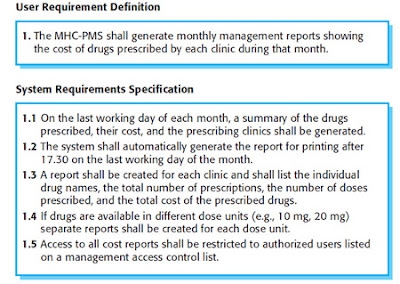My Upwebhosting review Upwebhosting.com - Fraud
My Upwebhosting review Upwebhosting.com - Fraud Generally I am not in habit of posting such reviews but I don't want others to get fooled by the fake claims of upwebhosting.com so here is my upwebhosting review. They have named themselves as upwebhosting.com but in actual they should be named as downwebhosting.com My site is down from past 1 week. In-fact not just mine but sites of all other customers are down too from past 1 week. Upwebhosting site was also down but is up now but my site is still down. I have submitted serveral support tickets but never received any reply. Today I found that I am not even unable to login to billing area. Perhaps this guy has closed the account. Their facebook page is also full of such complaints. They have thousands of fake facebook likes on their page. After some digging I found that upwebhosting also owns nexgenz.com (Nexgenz Technologies) and the owner of both sems to be a Pakistani named Wajahat Ali. Hear I give give all my activities at ...

















